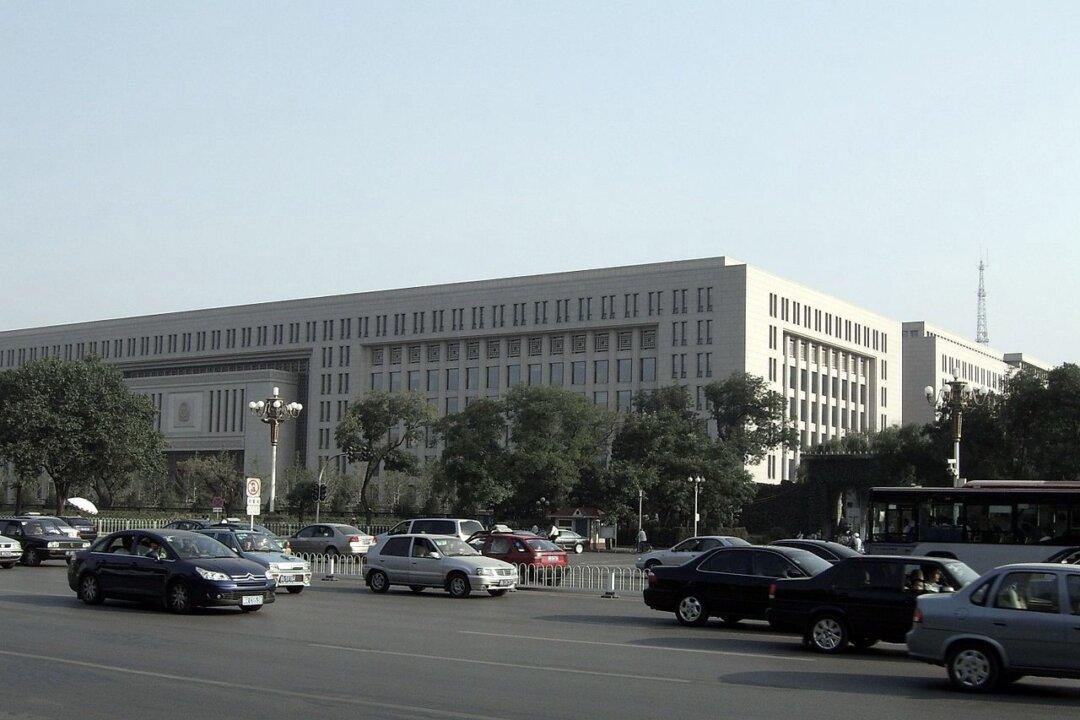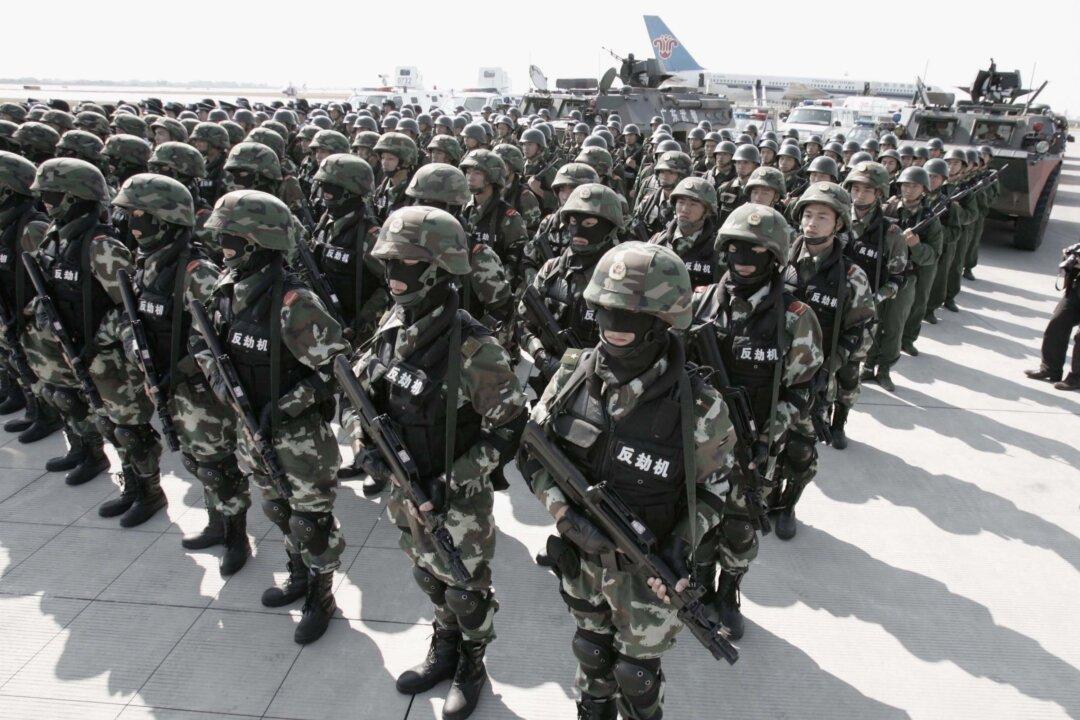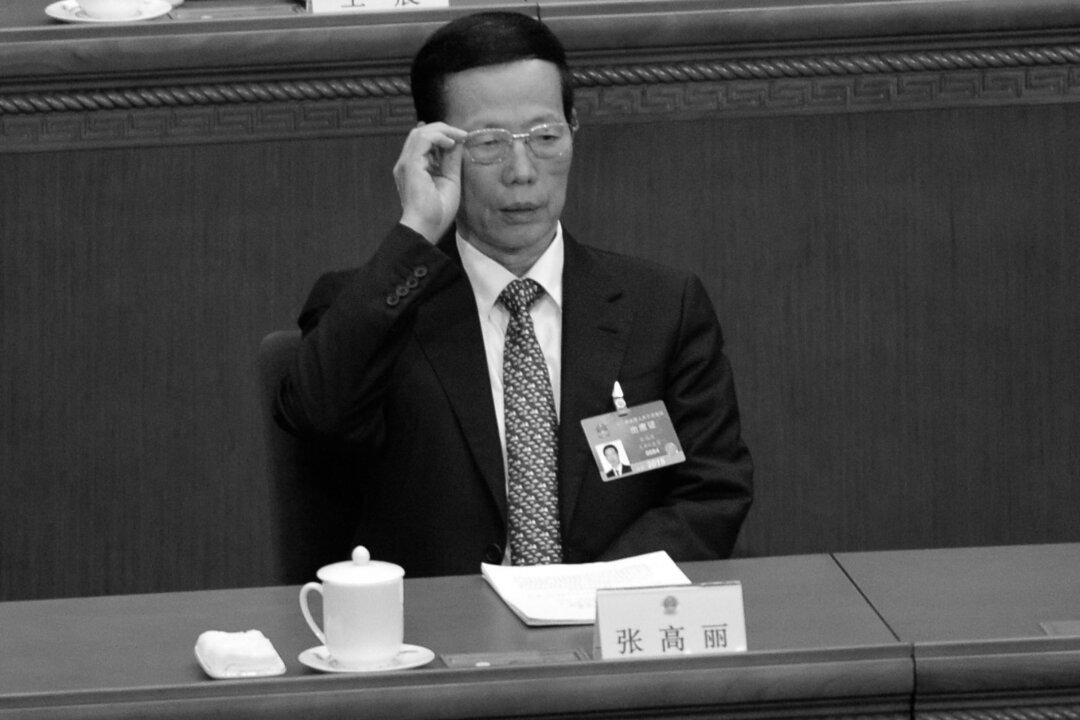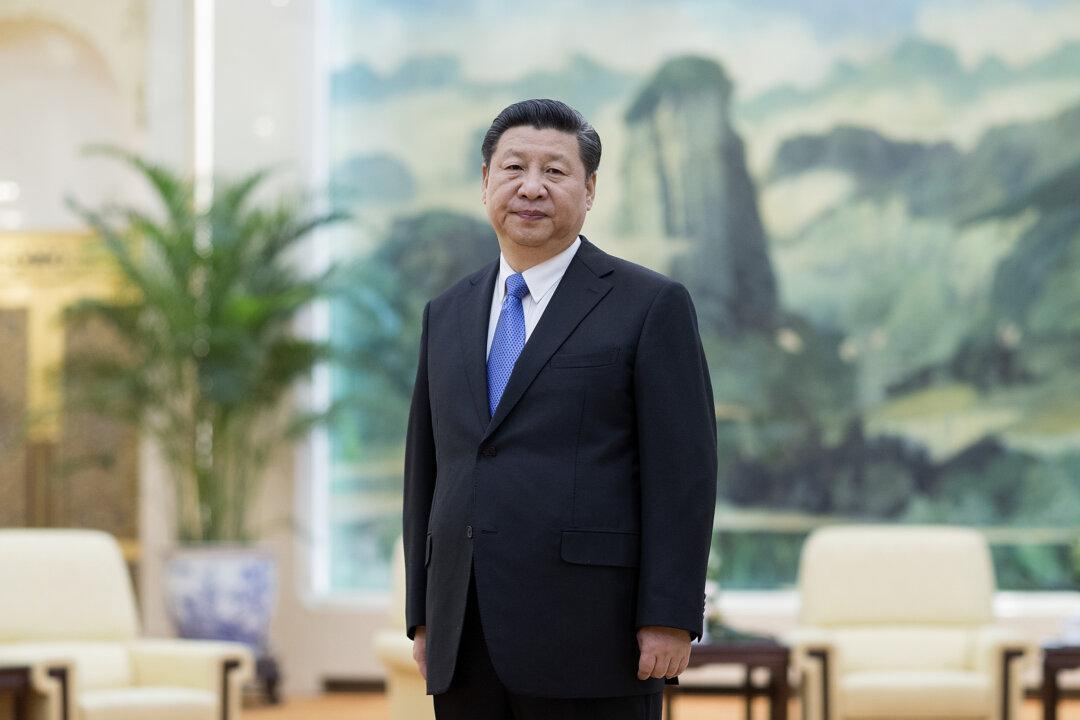GUANGZHOU, China—On the heels of the 2008 melamine-tainted baby milk formula uproar come questionable manufacturing dates printed on milk packages.
A Chinese blog titled “How to decode hidden information on milk packages for the real manufacturing date” recently surfaced on the Internet and has since been widely quoted on many other blogs and message boards. The blog has again stirred up suspicion about the safety of dairy products in China.
According to the blog, a printed “manufacturing date” on milk packages should not be trusted. Instead, a string of alphanumeric characters following this date actually denotes the real date of manufacture.
For example, if “08 05 10 HDC8H” is printed on the milk package, most people may assume that “08 05 10” means that the milk was manufactured on May 10, 2008. However, according to the blog, the actual date of manufacture is hidden in the alphanumeric string “HDC8H,” where the first letter “H” represents the year, the second letter “D” represents the month, and “C8H” decodes the date. According to this system, the real manufacturing date in this example comes out to be April 28, 2008.
The blog also pointed out that the Chinese dairy manufacturing technology is not on par with the international industry standards, as bacteria counts in the Chinese milk are several times higher than in products from overseas. Moreover, bacteria counts in the milk produced during the summer are approximately twice as high as in the product manufactured during the winter.
Since milk freshness decreases with higher bacteria population, milk processed in China typically has a short shelf life. Factoring in the time for transit and distribution, the milk could have already expired by the time it is placed on the store shelves, but its sales are likely to continue as long as the container does not visibly expand and nobody reports becoming sick following consumption. A fake manufacturing date may contribute to this practice by further maximizing profits while safeguarding the economic interests of the milk producers.
The safety of dairy products is a very prominent issue in the Chinese market. A recent search on the Web using keywords “Chinese milk lawsuit” in Chinese characters brought up 7,950,000 results.
One Chinese dairy industry insider revealed that adulterants, such as a white powdery substance often used for painting walls, are added to the milk in order to prevent the liquid-to-solid ratio from changing after the milk is diluted with water, while rice liquid and palm oil are now added in lieu of melamine to generate high protein and fat content, and urea manufactured from cow urine is added in order to extend the milk’s shelf life. The industry insider called for mandatory quality tests to be performed on batches of milk before they are sold on the market.
Read the original Chinese article.
A Chinese blog titled “How to decode hidden information on milk packages for the real manufacturing date” recently surfaced on the Internet and has since been widely quoted on many other blogs and message boards. The blog has again stirred up suspicion about the safety of dairy products in China.
Decoding the Date
According to the blog, a printed “manufacturing date” on milk packages should not be trusted. Instead, a string of alphanumeric characters following this date actually denotes the real date of manufacture.
For example, if “08 05 10 HDC8H” is printed on the milk package, most people may assume that “08 05 10” means that the milk was manufactured on May 10, 2008. However, according to the blog, the actual date of manufacture is hidden in the alphanumeric string “HDC8H,” where the first letter “H” represents the year, the second letter “D” represents the month, and “C8H” decodes the date. According to this system, the real manufacturing date in this example comes out to be April 28, 2008.
The blog also pointed out that the Chinese dairy manufacturing technology is not on par with the international industry standards, as bacteria counts in the Chinese milk are several times higher than in products from overseas. Moreover, bacteria counts in the milk produced during the summer are approximately twice as high as in the product manufactured during the winter.
Since milk freshness decreases with higher bacteria population, milk processed in China typically has a short shelf life. Factoring in the time for transit and distribution, the milk could have already expired by the time it is placed on the store shelves, but its sales are likely to continue as long as the container does not visibly expand and nobody reports becoming sick following consumption. A fake manufacturing date may contribute to this practice by further maximizing profits while safeguarding the economic interests of the milk producers.
Dark Secrets
The safety of dairy products is a very prominent issue in the Chinese market. A recent search on the Web using keywords “Chinese milk lawsuit” in Chinese characters brought up 7,950,000 results.
One Chinese dairy industry insider revealed that adulterants, such as a white powdery substance often used for painting walls, are added to the milk in order to prevent the liquid-to-solid ratio from changing after the milk is diluted with water, while rice liquid and palm oil are now added in lieu of melamine to generate high protein and fat content, and urea manufactured from cow urine is added in order to extend the milk’s shelf life. The industry insider called for mandatory quality tests to be performed on batches of milk before they are sold on the market.
Read the original Chinese article.



